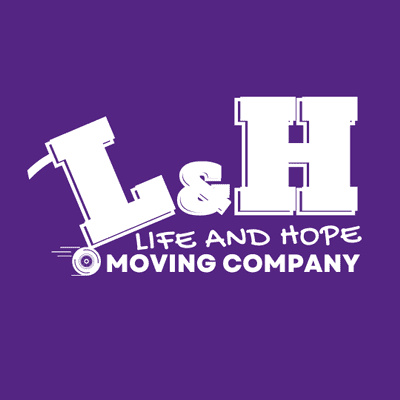Moving to a new home is always chaotic. A planned and meticulous approach helps for a smoother move. An average American household has a daily routine that is powered up by a multitude of appliances. These range from toasters and coffee makers to washing machines. When moving, planning till when these appliances can be used, and when they will be packed, is important. Appliances have to be cleaned and prepared before packing. So, homeowners have to keep in mind that most appliances will not be used in the last few days.

Even when a moving company is hired, the homeowner needs to prepare the appliances for the move. L&H Moving Company Austin Texas shares some tips that will help homeowners to pack and move home appliances safely.
Homeowners must decide if any of the appliances are due to be upgraded or damaged. Before moving to the new home, it is ideal to check if the larger appliances will fit in the new home. Dimensions must be measured and checked. This will help avoid moving appliances that simply will not fit in the new location. These appliances need not be packed and can be donated, sold, or discarded.
Appliances connected to a gas line or plumbing system need to be disconnected by a professional. They will also need to be reconnected by a professional at the new home. This is not done by a moving company, but local movers might be able to help make arrangements for a licensed professional.
Families need to be prepared to function for a few days without the appliances they are packing. So, they might need to make arrangements for food or laundry, or get help from friends or relatives. This is especially important if there are babies or anyone with specific food requirements.
Packing materials like bubble wrap, packing peanuts, packing paper, packing tape, markers, and boxes must be arranged in advance. If available, the original packing boxes of the appliances can be used if they are in good condition.
Packing Small Appliances
Every kitchen has several small appliances that are vital for the kitchen to function. These include toasters and toaster ovens, blenders, food processors, air fryers, stand mixers, microwave ovens, coffee makers, bread makers, etc.
Cleaning and drying all small appliances before packing is recommended. Loose or removable parts (like a microwave tray or blades of a food processor or blender) should be disassembled. These parts can be wrapped carefully and arranged next to the appliance in the same box. A box that is as close to the actual size of the appliance is best. It is better not to put several small appliances in a single box, as they have fragile parts that can get damaged. Each part of the appliance must be wrapped in packing paper. Any cords must be bundled and secured with packing tape or twist ties. If the appliance has a door, it can be sealed shut with packing tape. The wrapped appliance must be placed in a box, cushioned with towels or crumpled packing paper. Any gaps must be filled in to prevent the shifting of items when boxes are moved. The boxes must be sealed and labeled to easily understand what they contain. They can be marked as “fragile” to ensure that they are handled carefully by the movers during loading and unloading.
Packing Larger Appliances
Large appliances include refrigerators, washing and dryer machines, dishwashers, stoves, etc.
The dealer can be contacted for specific instructions regarding moving an appliance. The appliance manual may also contain instructions for this. As mentioned earlier, professional help is required to safely disconnect and reconnect appliances connected to gas lines or plumbing systems. If possible, the original packaging of appliances must be used. If not, durable and appropriate-sized boxes must be chosen. All appliances must be unplugged, and the plugs must be secured with packing tape to the appliance. Cords must be secured with twisting ties or packing tape. All appliances with empty spaces can be packed with unbreakable and lightweight items that will not cause damage or get damaged. Blankets, pillows, clothing, stuffed toys, etc can be covered or put in plastic bags and packed in appliances. All doors of appliances must be sealed shut.
Refrigerators must be unplugged in advance. This is because they must be emptied, cleaned, and dried. Freezers must be defrosted, cleaned, and dried thoroughly. All racks must be removed and secured to avoid damage.
After disconnection from the gas line, stoves must be cleaned and dried well. Racks must be removed and secured. Knobs and other parts must be taped down to prevent detachment and loss.
Dishwashers can be allowed to run a cycle to clean them out. They must be disconnected from plumbing systems, and the unit must be dried well. Utensil holders and racks must be removed and packed safely.
Washer and dryers must be dried after disconnection. Hoses must also be allowed to dry out and can be packed separately or in the washer/dryer. The washer drum must be secured to avoid damage during the move, according to manual instructions or with professional help.

Professional movers can move large appliances without damaging them, or the floors. A moving company certainly takes off a lot of the stress on moving day. With adequate preparation and planning, homeowners can manage moving days efficiently. L&H Moving Company is an affordable mover based in South Austin, Texas. They are committed to completing all moving needs for local and long-distance moving. L & H Moving Company can be reached at 512-856-7730 or hello@lhmoving.com. They assure the care and attention that every household needs on moving day.






















